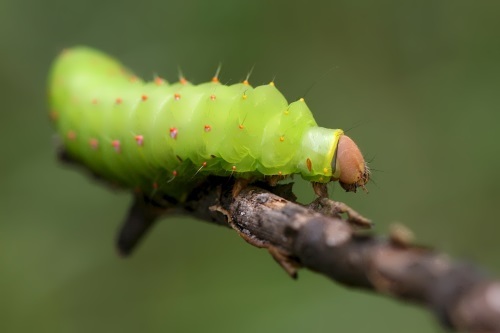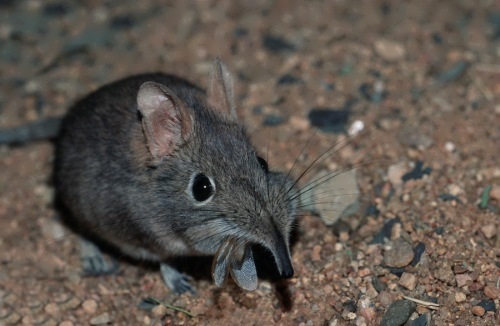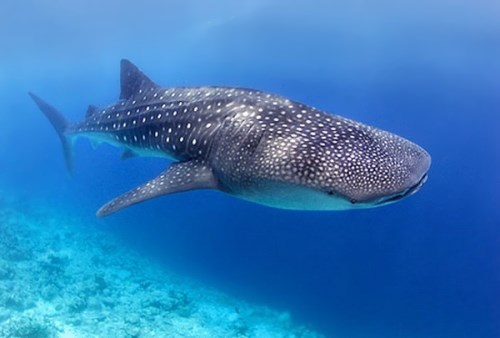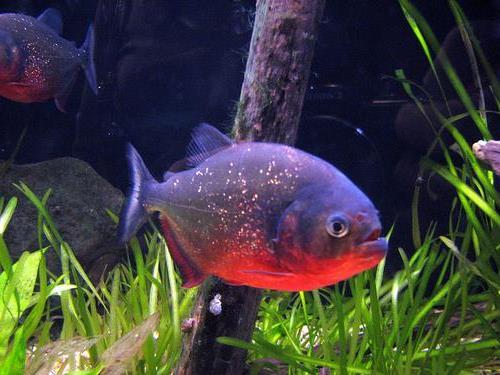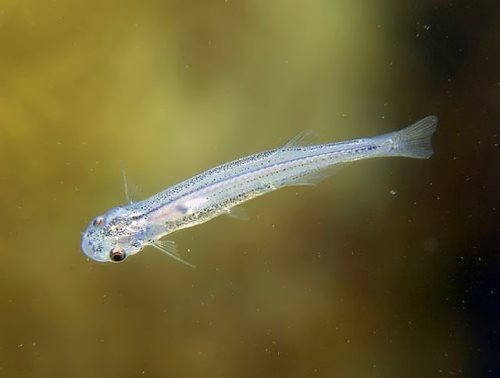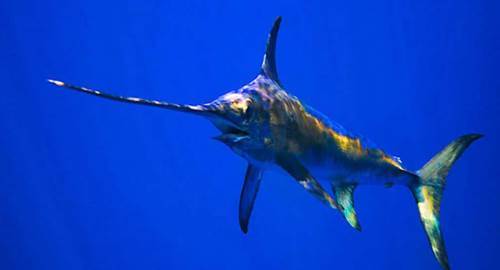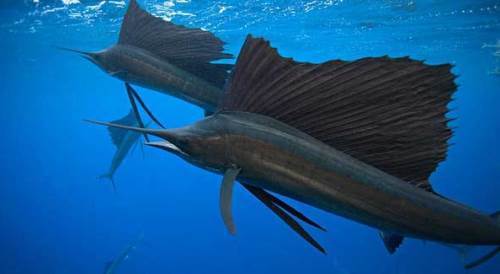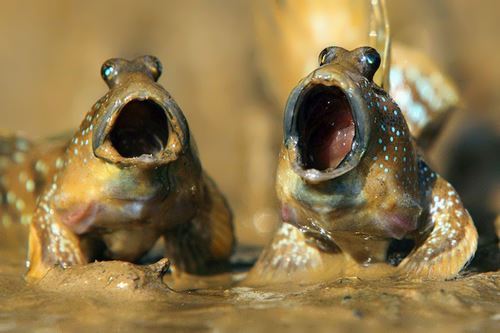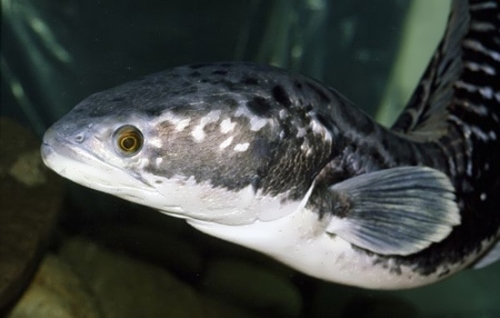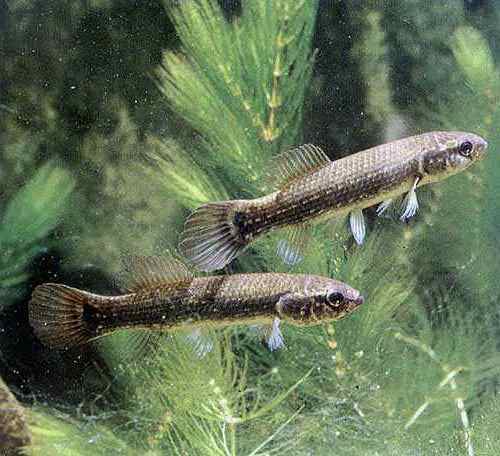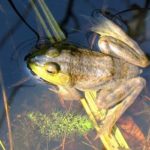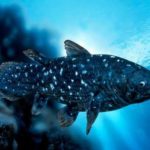Misconceptions about fish
The fish first came on land
According to the history of the evolution in the biology textbook fish first came to the land. They have somehow learned to breathe atmospheric air and rushed to conquer the expanse of land. Then frogs and reptiles appeared.
But in fact, the insects were pioneers. The first insects came out on the land, were like a scorpion with a shell on the back.
Sharks are the oldest fish
Sharks appeared about 300 million years ago, before the dinosaurs, and had survived them. Of course, they looked quite different. But now there is a fish that is much older than sharks. For a long time, scientists believed that it died out 75 million years ago. This is Latimeria chalumnae, a possible ancestor of the first amphibians, lived 360 million years ago. Throughout its existence, it has not changed much. It currently lives at a depth of about 100 meters near the coast of Africa and Indonesia. Its skull is not monolithic, but consists of two parts connected by special joint. The spine is not solid and is not divided into the vertebrae, it is an elastic tube.
Shark is an animal with the most teeth
Sharks have several rows of sharp teeth, up to a thousand in each row. They have teeth not only in the jaws but also on the skin.
But much more peaceful creatures – snails – have a record number of teeth. It lives throughout Europe and is approximately 5 centimeters. One snail’s teeth are enough for about 8 sharks! A small shellfish have twenty-five thousand teeth!
Shark is the most voracious animal
These marine predators really love to eat. And often they can swallow a tin and even old boots.
But the most voracious animal is a shrew. It is very small, but it eats a lot of food, three times greater than its own weight.
Another noble glutton is common dragonfly. During the day, it flies more than 100 kilometers and continuously catches and eats prey during the flight. For an hour it can eat twenty flies.
Saturnia Polyphemus caterpillar in the first two days after birth eats 85 thousand times more food than it weighs. In just a few hours it increases its size significantly.
The whale shark feeds on plankton
The whale shark is the largest fish in the ocean and it really feeds on plankton. The length of its body is up to 20 meters and a weight is of about 20 tons. It lives in the tropical seas, migrating across the ocean. However, the shark also catches tuna or sardines.
Sharks cannot stop and never sleeps
Sharks are the ancient predators that inhabit the oceans. They have not the operculum, and therefore cannot breathe as all other fish and are forced to move continuously. Sharks have no swim bladder and cannot “hang” in the water, so if they stopped they would fall down. They never sleep, because sleep at full speed can cause unpredictable consequences. Movement is life.
But, nevertheless, sharks can sleep and not move. For example, the sharks that live in the Red Sea, lie at the bottom in underwater caves, where branched channels through the natural flow of water washes over their gills, allowing them to sleep without fear of suffocation.
Piranha is the most dangerous fish of the Amazon
Bloodlust of these little critters is greatly exaggerated. If the fish are not smell blood, you can swim without fear in their pack. Piranhas are very sensitive and can even die from nervous shock. Ruthless killers are neurotic, who would have thought.
But there are more dangerous inhabitants of the Amazon – candiru. It’s small, does not have sharp teeth ad is non-toxic. But why is it so dangerous? That’s because of its small size. If a person decides to pee in the water, candiru, smelling ammonia, which is found in the urine, swims closer and enters the urethra and there begins to bite into the tissues. It’s impossible to remove the fish and a person dies in a terrible agony. Usually candiru swims into the gills of fish, and drinks blood. It is guided by the smell of ammonia.
Here is such a fighter for the purity of the river)
Swordfish is the fastest swimmer
Swordfish is known for speed up to 90 km / h. It attacks ships and sometimes even tries to attack aircraft carriers. But it is not the fastest fish.
The Indo-Pacific sailfish (Istiophorus platypterus) looks a bit like swordfish. Its speed reaches 110 km / h.
Fish do not know how to walk on the land
Fish do not walk on land, the cows do not fly, chickens do not swim, insects are not large, and so on.
So, some fish can not only walk but also know how to jump. It is mudskipper. At high tide, they crawl on land and with the help of strong pectoral fins smartly waddle along the shore. They jump, using their strong tail. They look a little bit like frogs. In addition, they are able to dig burrows.
Fish do not hunt on land
If you think so, then you have never seen a snakehead. It lives in Southeast Asia, in particular – China, Thailand, and India. There are several species of snakeheads from small fishes to large fishes weighing 30 kilograms. The most famous is the Amur snakehead. This fish can survive in the toughest conditions. For example, it can breathe atmospheric air. It can survive drought. The lack of water is not a problem – its body is covered with a layer of thick mucus, which helps snakehead live without water for several days. And these days, it does not wait for the death but actively moves in search of a new reservoir and on the way attacks animals. Snakehead was able to “walk” thirty kilometers from one pond to another.
Fish are stupid animals
Fish are the speed champions in the home environment, the only inhabitants of the sea, who knows how to fly. They don’t need to use their brain.
But one of the fish, it seems, has decided to use its brain to stay alive. It’s very hard to catch elephantnose fish. It looks like a caricature of an elephant because of the mouth, resembling the trunk. It has an electric organ, which it uses to scan the area in search of prey or for defense against predators. The fish has a strong personality and its behavior is quite difficult.
Fish can survive freezing
In fact, no one living thing larger than the bacteria cannot survive freezing. The freezing water contained in the tissues of the body, literally tear the fine structure of cells into small pieces. But there is evidence that frozen fish placed in warm water, quietly came to life. Fish have found a way to outwit nature.
There are two tricks. They have cryoprotectant – a substance that binds water and prevents the formation of crystals. Many living organisms have similar substances – plants, fish, and amphibians.
The second method is more mysterious. Dallia pectoralis lives in the waters around Alaska and can survive temperatures up to -20 ° C. When the water temperature is about 7 ° C its body temperature reaches 22 degrees!
Fish cannot survive without water
Fish cannot really receive oxygen from the air. But some species are still able to breathe air. Protopterus lives in Central Africa, where the hot sun dries the small rivers and lakes. It is called – lungfish. Apart from the usual gills, they have lungs – a modified swim bladder covered with a network of blood vessels. When there is no water protopterus digs a hole in the mud covering the bottom, leaves a narrow opening for breathing, and quietly falls asleep for many months of drought. So you can go fishing with a shovel)



